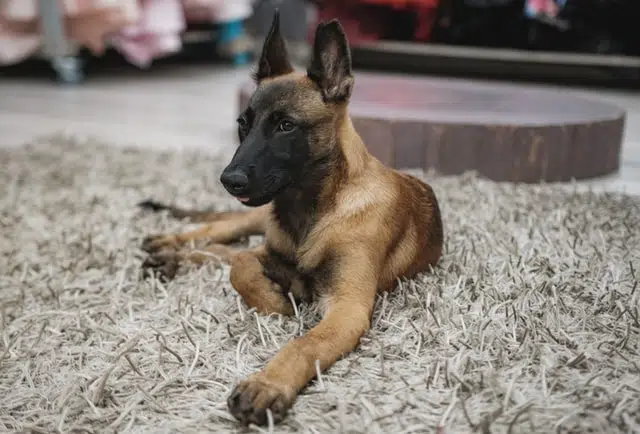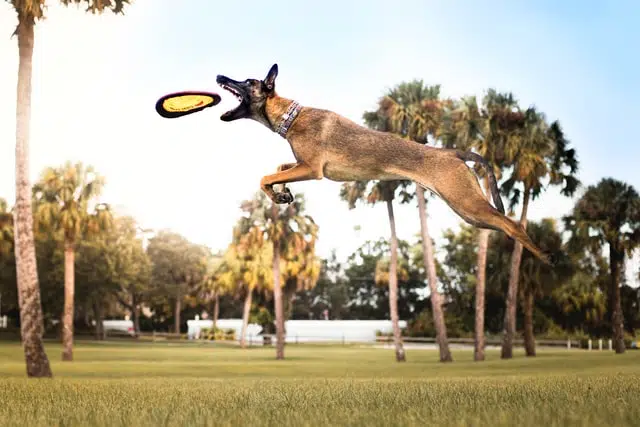Home » Blog » Pet » Pet Parenting Lifestyle » Belgian Malinois: Protector and Companion
Categories
Tags
animal welfare
breed profile
buying a car
buying a pet
Car
car accessories
car care
car features
car insurance
Car safety
car sales
car service
cat
cat behaviour
cat body language
Cat Breeds
cat food
cat insurance
comprehensive car insurance
Dog
Dog Behaviour
dog body language
Dog Breeds
dog food
Dog Insurance
dog training
eco friendly cars
Kitten
New Car
pet accessories
pet activities
Pet Adoption
pet breeders
pet days of the year
pet fun stuff
Pet Health
pet insurance
pet parenting
Pet Safety
pet services
Puppy
rescue pets
road safety
road trip
safe driving
Recent Blog:
Facebook Posts
2 days ago
Growing old sometimes means we can’t take care of pets anymore. Find out some advice on what to do when this happens:![]()
![]() Senior Pet Parents – Contingency Plans for Your Pet – bit.ly/44bzwkS
... See MoreSee Less
Senior Pet Parents – Contingency Plans for Your Pet – bit.ly/44bzwkS
... See MoreSee Less
Senior Pet Parents' Contingency Plans for Pets
www.pd.com.au
Sometimes senior pet parents need more downtime. For older pet owners, this can be tricky to navigate if their dog or cat is full of beans and wants to4 days ago
Before you rev up the engine, let’s run through a checklist of things to do before starting your car. Not only do these steps ensure your safety (and that of others around you), but they also help in maintaining your vehicle's longevity.![]()
![]() Driving Tips: Your Checklist Before Starting Your Car -
... See MoreSee Less
Driving Tips: Your Checklist Before Starting Your Car -
... See MoreSee Less
Driving Tips: Your Checklist Before Starting Your Car
www.pd.com.au
Heading out for a drive? Hold up a second! Whether you're dashing off to work, running errands, or embarking on a road trip adventure, there are a few1 week ago
Are intestinal worms setting up camp in your dog’s gut without paying rent? Here’s how to spot the main culprits and get rid of them too:![]()
![]() Preventing, Identifying and Treating Intestinal Worms in Dogs - bit.ly/43YjCKu
... See MoreSee Less
Preventing, Identifying and Treating Intestinal Worms in Dogs - bit.ly/43YjCKu
... See MoreSee Less
Preventing, Identifying and Treating Intestinal Worms in Dogs
www.pd.com.au
Intestinal worms, such as roundworms in dogs are one of the least glamorous topics on the planet. These intestinal parasites that basically use our dogsYou might have seen Channing Tatum’s new movie Dog, which features a Belgian Malinois named Lulu who accompanies her army soldier owner on a trip down the coast. These gorgeous dogs have become more popular over recent years.
Sometimes called Belgian Shepherds, they’re known for their intelligence and loyalty. One recently even saved a young girl from a hyena in South Africa.
Fans of the breed, both new and old, will learn below about where they came from, why these dogs aren’t necessarily suitable for every home, and why the military often prefers them over other dogs.
History of the breed
Where did the Belgian Malinois originate from? You probably won’t be surprised to hear they were originally bred in Belgium. More specifically, the breed came from the city of Maline, which they’re named after. That’s just across the border from their German Shepherd cousins. And although they look similar, these two herding dogs actually aren’t related.
However, the Malinois is related to three other dog breeds.
In the late 1800’s, a Veterinary Professor in Belgium recorded standards for the various types of Belgian sheepdogs. Because they were all similar in type (with coat colour and texture being the main difference), this Professor divided them into four varieties or breeds. Namely, Malinois, Tervuren, Groenendael, and Laekenois. These four breeds make up the umbrella term ‘Belgian Shepherd’.
The Belgian Malinois arrived in the USA as early as the beginning of 1900, being used as military dogs. The American Kennel Club recognised the breed in 1959 and the Australian National Kennel Council in 1994.
What they’re used for now
With the Belgian Malinois, breeders were intent on creating a dog who had a good work ethic, was driven to protect people, and who would herd successfully.
Nowadays, you’ll notice that the Belgian Malinois is a top choice of breed for police and military dogs. They’re also very popular as search and rescue dogs. In the USA, the Secret Service even employs them to patrol the White House grounds.
And it might sound totally insane, but one of the main reasons they’re chosen over German Shepherds for military operations is because…they’re better skydivers. Truly! They can even be trained to jump by themselves, which is safer than tandem jumps if they’re landing in water.
Physical traits of the Belgian Malinois
What does your average Belgian Malinois dog look like?
- Lifespan: 12-15 years
- Size: Medium to large
- Weight: 20-35kg
- Eyes: Brown
- Coat: Short, flat, straight double coat
- Colour: Fawn with black tips
- Distinctive features: Upright ears and a very obvious black muzzle and lower eye area that look like a mask
Though they somewhat resemble German Shepherds, Mals are typically lighter in build, smaller in size, and have a more refined head.
Belgian Malinois personality and training
Given the types of jobs they do, it goes without saying that Belgian Malinois dogs are super intelligent and highly trainable. Just like the Border Collie! They’re like BCs in another way too – they’re quite high-energy, naturally want to herd things. So, they’re not always suited to someone who’s just looking for an easygoing companion instead of a working dog.
They’re innately loyal dogs with strong guarding instincts, like the Rottweiler. Because they bond so closely to their family, they’re naturally protective of them. That’s why early socialisation and proper training are key to raising a happy and well-adjusted Mal. Without proper training and handling, they can become aggressive and overly protective.
Mals may be a little bit too boisterous for small children or other pets – they’re bred to herd and protect. If you do have kids or pets, it’s important to tackle kids and dogs dynamic by teaching them to interact properly, and making sure you supervise them properly for any signs of dog on dog aggression too.
And if you’re planning on adding a Belgian Malinois to a household which already has cats then read up on why dogs chase cats and how to help them chill.
Care and health considerations
A lot of purebred dogs are more prone to specific illnesses and conditions. Read more about this in our article ‘Do mixed breeds have fewer health issues?‘
Like many other Shepherds, Belgian Malinois are prone to hip dysplasia. You should also be aware of the signs of elbow dysplasia, epilepsy, and cancer. The breed is prone to eye problems too, such as progressive retinal atrophy.
Of course, your dog might go their whole life without developing any of these conditions. But because the incidence of them is higher in this breed than average, it’s worthwhile doing your research so you can monitor them.
If you’re not into plucking, bathing, brushing, and overall grooming as a dog parent, the Belgian Malinois could be a good fit for you. They’re pretty low maintenance in terms of grooming, thanks to their short, waterproof coat. They’ll need a quick brush once a week or two. And you’ll only need to bath them if they get smelly or dirty.
They need plenty of exercise and stimulation (find out more about dog exercise requirements by breed). So, they aren’t typically suited to situations where they have to sleep outside, spend a lot of time alone, or they don’t have space to expend their excess energy. That said, they’re incredibly affectionate and make wonderful companions for experienced dog owners.

Pet insurance for your Malinois
Hopefully, your Belgian Malinois serves as a loyal companion and protector without ever needing surgery or hospitalisation. Or indeed, anything other than routine care. But if your dog gets a bit too energetic and hurts themselves or they become ill, dog insurance can offer financial protection.
Having a pet insurance plan allows you to plan for unforeseen vet bills and make sure your baby (purebred or not) gets the medical care they deserve. And if you get it out early, dog insurance can even cover pre-existing conditions.
Share On:




